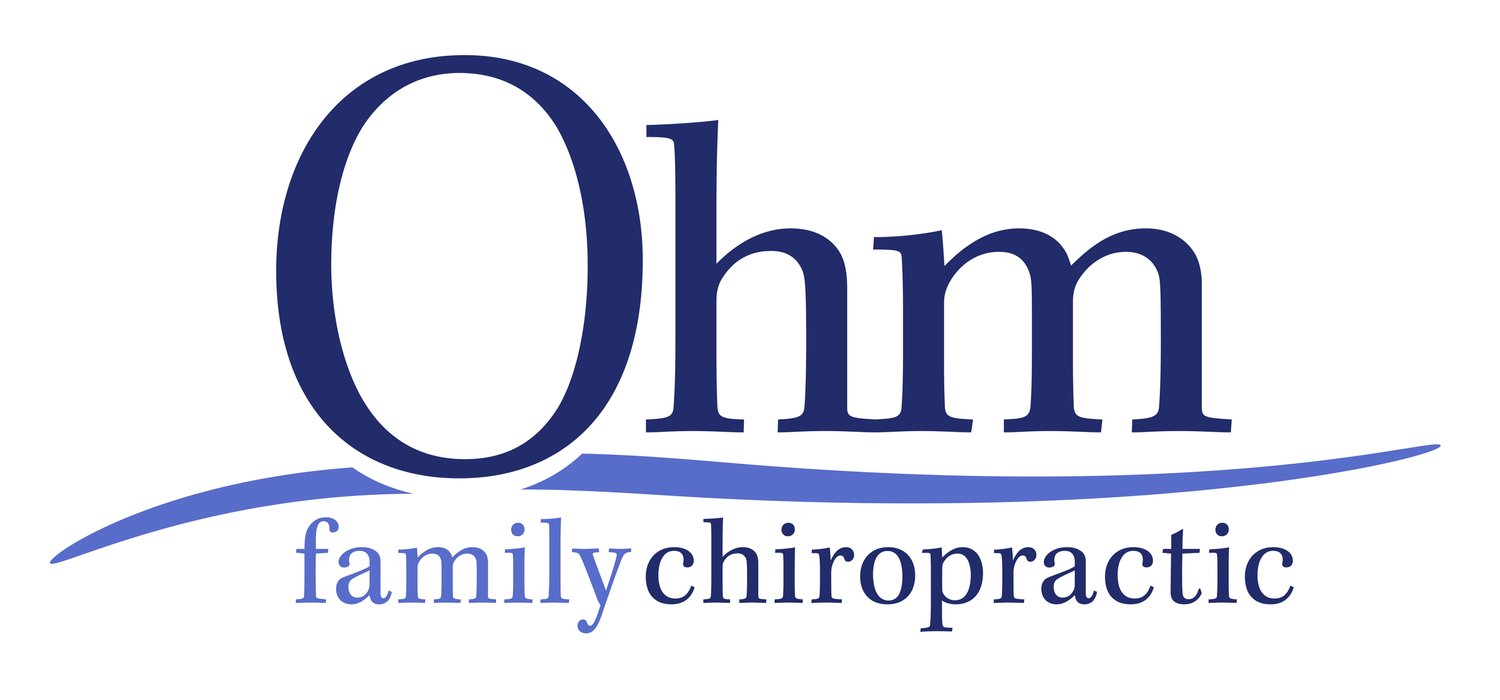Love of Birth
Every birth is a beautiful dance of the two elements of surrender and control. They are the feminine and masculine polarities present in conception and in birth. These elements find their ideal expression in birth when we have a trust for the normal physiology of the body (surrender) and consciousness of how to work through the activity that each birth entails (control).
In the first half of the 20th century, birth was dominated by a perversion of the masculine element of control—the control was external and imposed. Mothers were sometimes forced to be unconscious, and professionals took over. This form of control was absent of knowledge, respect, or trust for the natural physiology of the body. It led to suffering and a cultural wound that still exists today.
The pendulum began to swing in the second half of the 20th century, when midwives and women renewed a trust for the birth process to let it happen naturally. Once freed to do so, many families began to re-discover birth, unearthing physical, emotional, and spiritual gifts along the way. Soon, many families wanted a similar experience of a natural birth.
During this shift, some families wanted to discover a harmonious inclusion of the masculine polarity. Nothing like what the world suffered decades earlier, these families learned how to achieve an intrinsic control by preparing for birth as an activity, applying skills and practices that would hone their behaviors for the journey through labor. Their skills and practice would lead to a powerful symbiosis: On one hand, they’d have a trust in the body’s normal physiology, and simultaneously, they’d achieve a trust and confidence in themselves to better navigate the ups and downs of the birth process.
Birth is a process of opening the physical body to allow a baby into the world. Amid the baby’s efforts to be born, the body can open or close, soften or tighten, and our conscious behaviors have a direct effect on which one unfolds. Through practice, we can hone our behaviors of breathing, focused relaxation, internal awareness, pelvic balance, movement, tissue preparation, teamwork, etc. (“birth skills”) that allow us to stay open and soft amid labor.
Practicing for birth is a novel idea, and one question is: How do we “practice” giving birth before actually doing it? First, by observing others at birth, by watching videos, or listening to stories. Then, most importantly, by learning skills and techniques that are beneficial and shared by others. Among many benefits of this new birth work, one major gift is how it permits fathers (or partners) to engage in the birthing activity with an awakened purpose, adding a sense of coherence, stability, and pragmatic help for the one giving birth.
Alongside our hope to find trust, and surrender to the natural processes of birth, there is an equal hope to find comprehension, manageability, and a sense of control through the activity together.
In one of her latest remarks on the subject, Jeanne Ohm said something to me that echoes louder than ever: “The key to healing birth exists in fathers.” I see fathers symbolizing a potential for balance in the birth conversation at large, to recognize that birth is an activity that involves more than the family’s choices or desires. Alongside our hope to find trust, and surrender to the natural processes of birth, there is an equal hope to find comprehension, manageability, and a sense of control through the activity together. This makes birth the dance that it is.
In any birth, a mother can bring her skillful focus to this dance, and a father can do this with her. Once the rhythm is found, so too is the power. Then nothing can take it away. Because the family will have discovered their inalienable strength within the journey itself, within the dance of life. And with it, they will look forward to each birth for what it truly is— a small window in time where there is so much love to be found.
With great love for who you are and what you do,
John Ohm
